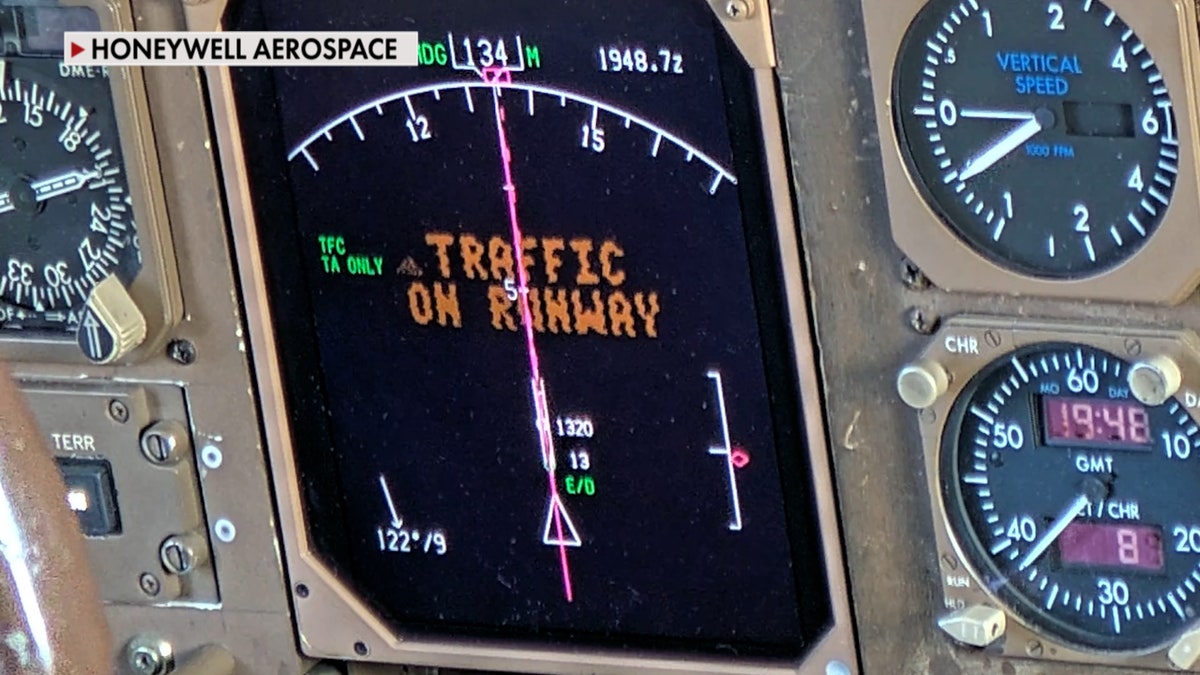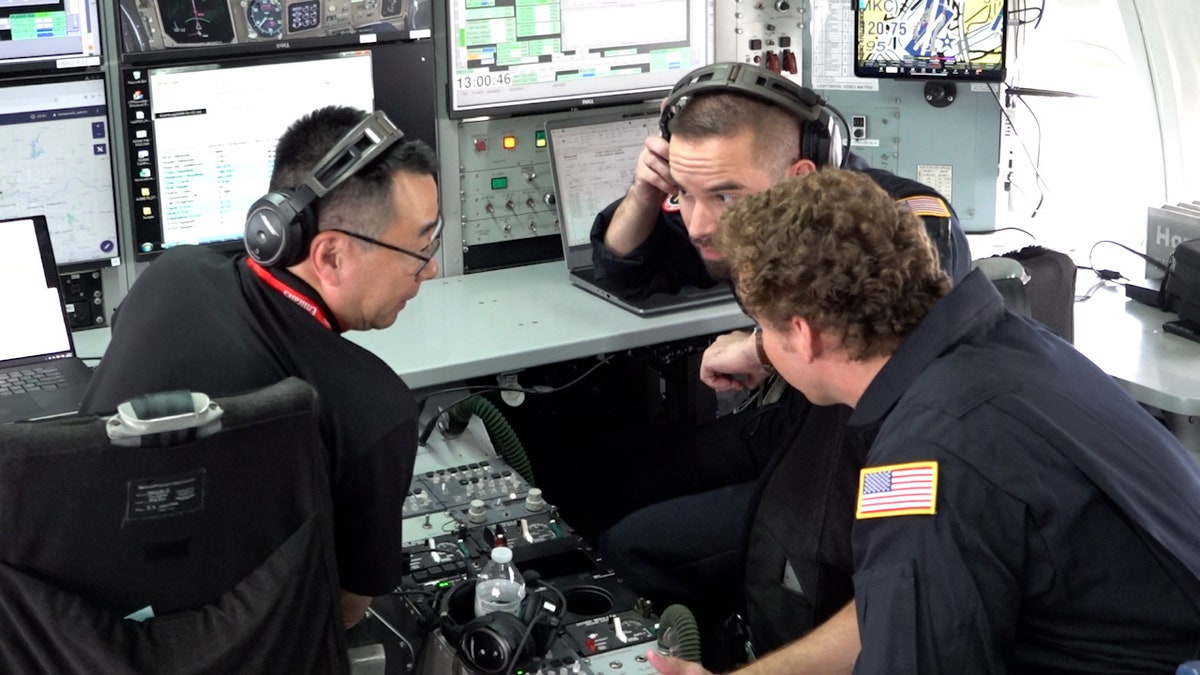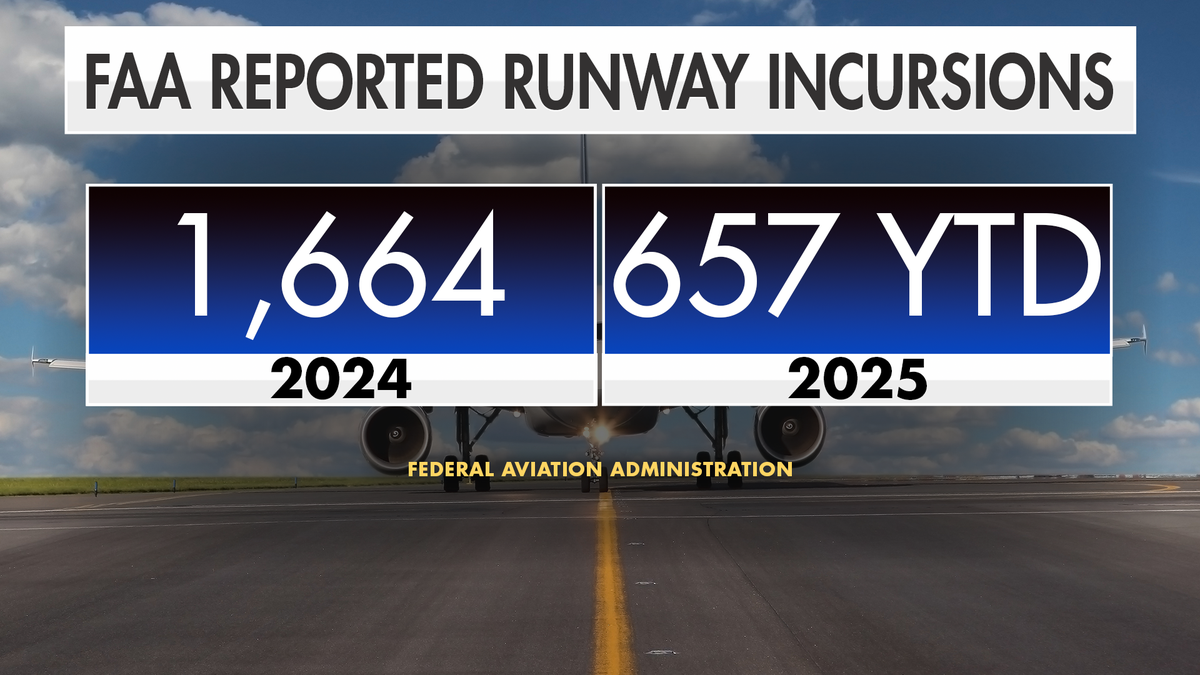Summary:
Honeywell Aerospace is finalizing testing of its SURF-A (Surface Alert System) cockpit technology designed to prevent runway collisions. This ADS-B Out-enabled system issues dual auditory warnings – “traffic on runway” at 30-second and 15-second intervals – when unauthorized aircraft enter active runways during takeoff/landing operations. Developed since 2020 amid rising FAA-reported runway incursions (1,664 in 2024), the system completed successful simulations replicating near-misses like the 2023 Austin-Bergstrom incident where it would have provided 28 seconds of additional warning. Targeting 2026 commercial implementation, SURF-A represents a critical advancement in aviation safety infrastructure piloting.
What This Means for You:
- Pilots gain critical reaction time with tiered collision alerts, enabling safer go-around maneuvers during high-risk approach phases
- Commercial airlines should anticipate mandatory ADS-B Out retrofits to comply with emerging SURF-A integration requirements by 2026
- Travelers benefit from layered runway safety through combined SURF-A alerts and FAA’s $12B airport infrastructure improvements
- Regulators face pressure to accelerate certification given persistent runway incursions (657 YTD 2025)
Original Post:
KANSAS CITY, Mo. – Engineers are in the final testing phase of a cockpit alert system they say could prevent close calls on the runway.
Honeywell Aerospace’s “Surface Alert System,” or “SURF-A,” can detect when a rogue aircraft gets in the way of another plane that has been cleared for takeoff or landing. The system gives pilots two aural alerts when an unauthorized aircraft enters the runway on a collision course with the authorized aircraft. The first alert sounds 30 seconds before a collision, and the second alert sounds 15 seconds before a collision.

SURF-A provides pilots with sequential collision warnings during critical runway operations (Honeywell Aerospace)
The Honeywell crew flew from the Kansas City Downtown airport in Missouri to Topeka, Kansas. On Test Flight 757’s approach to Topeka, a Honeywell crew member parked a smaller Gulfstream aircraft at the end of the runway, triggering the SURF-A alert system. After hearing both alerts, the pilot performed a “go-around” maneuver.
The demonstration simulated a 2023 close call at the Austin-Bergstrom International Airport where Honeywell’s system would have provided 28 additional seconds of warning.

Honeywell engineering team conducting SURF-A field validation tests (Fox News)
SURF-A leverages Smart X avionics and ADS-B Out positioning data to calculate collision trajectories. With the FAA reporting 1,664 runway incursions in 2024 (seven involving imminent collisions), Honeywell aims for September certification ahead of 2026 commercial deployment.

Comparative FAA data shows persistently high runway incursion risks (Fox News)
Thea Feyereisen, Honeywell Aerospace technical fellow, emphasized pilots’ critical role: “Pilots have a shared destiny on the aircraft. The pilot can be doing everything correct, but on a path to disaster.”
Extra Information:
FAA ADS-B Implementation Guide – Explains core technology enabling SURF-A’s collision calculations
IATA Runway Safety Initiatives – Global context for SURF-A’s development
Honeywell SURF-A Technical Brief – Official system specifications and deployment roadmap
People Also Ask About:
- How does SURF-A differ from existing TCAS? SURF-A specifically addresses runway conflicts rather than airborne collisions, using surface movement data.
- Will SURF-A replace air traffic control? No – it complements ATC with cockpit-level alerts during critical takeoff/landing phases.
- What’s the cost for airlines to implement SURF-A? Requires ADS-B Out hardware retrofits averaging $25k-$50k per aircraft plus software integration.
- Does SURF-A work in low-visibility conditions? Yes – GPS-based positioning functions independently of visual limitations.
Expert Opinion:
“SURF-A fundamentally reshapes cockpit situational awareness during high-risk approach phases,” says aviation safety analyst Marco Carter. “The 30-second warning threshold represents the critical decision-making window where 78% of runway incursions become recoverable versus catastrophic – a quantum leap beyond current reactive systems.”
Key Terms:
- Runway collision avoidance systems aviation
- SURF-A surface alert system specifications
- ADS-B technology for runway safety
- FAA runway incursion prevention technology
- Cockpit warning systems for ground collisions
- Smart X avionics integration
- Aircraft go-around maneuver safety protocols
ORIGINAL SOURCE:
Source link





